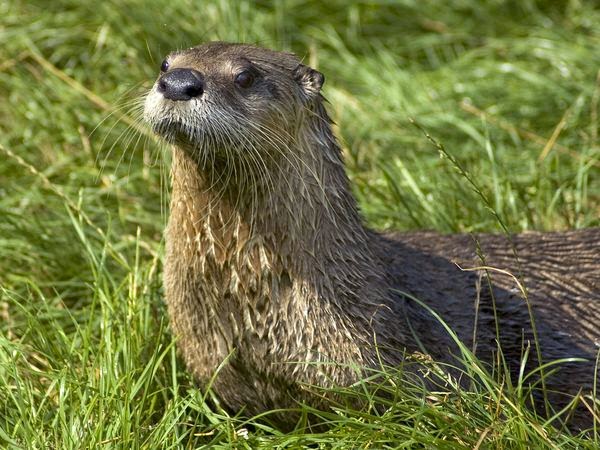525
For those who may not already have seen them, these splendid photos were taken the other day when Brenda took her son David on a tour of BBC Newcastle. He was apparently overcome with awe when he met Colin Briggs - a feeling I know well.
* * *
The other day, I was stuck at some traffic lights behind a van which boasted, on a plate next to the registration number, that it had been made by ‘Robinson’s Truck Bodies’, which sounded quite thrilling and appropriate for someone who has the physique of a pantechnicon.Inasmuch as a listener once told me that everyone with the same surname is a 14th cousin, and that I am therefore distantly related to companies that make truck bodies AND barley water, I’m wondering when I’ll get my share of the fabled Robinson Millions.
On the other hand, the same listener also told me that everyone on earth is a 19th cousin to everyone else - so perhaps I shouldn’t get my hopes up too much.
Robinson is, admittedly, a depressingly common name. In fact, it comes in at number 14 on the list, after Smith, Jones, Taylor, Williams, Brown, Davies, Evans, Wilson, Thomas, Roberts, Johnson (well done, Keith), Lewis and Walker.
Presumably, then, there must have been quite a few ‘Robins’ about to spawn so many sons. And indeed there were; thereby hangs a tale…
Robin is, of course, primarily the name of a bird - probably England’s national bird (if we had such a thing). Equally obviously, the robin’s most startling characteristic is its red breast. So why did so many men acquire a nickname derived from this bird?
Well…
In mediaeval times, the great and the good employed messengers to carry important documents from one battlemented fastness to another. So that their passage would not be hindered by the 13th century equivalent of traffic lights, level crossings and one-way systems, these messengers wore brightly-coloured red waistcoats.
Which is why they were nicknamed Robins.
Why they had quite so many sons is a different matter altogether. Red is still, of course, the colour of the postal service and perhaps the saucy, seaside-postcard version of modern postmen shares a trait bequeathed to it by my raunchy ancestors.
Just for the record, here are some other surnames that may ring a bell...
Flood
‘Dweller by the stream’, or perhaps, ‘by the gutter’. Sorry, Hildie.
Bowerman
‘A servant at the bower’. Makes you wonder what Sid’s ancestors got up to ‘at the bower’.
Grierson
‘Son of Gregor’. Gregor itself is ultimately derived from an Ancient Greek word for ‘watchful’.
Boyd
This is derived from an Irish and Erse word for ‘yellow’.
Whaler
Neville can relax; his surname has nothing to do with harpooning whales. It is a variation of Anglo-Saxon ‘wheeler’ - a man who made wheels, a wheelwright.
Mitchi(e)son
This is, fairly obviously, ‘Michie’s son’. Mitchie means ‘big’ and is related to mickle and muckle, which our ancestors always mixed up and soon stopped using altogether.
So now you know….
* * *
* * *
CONTACT MEPost comments on this blog or email me: truckshunters@googlemail.com

































